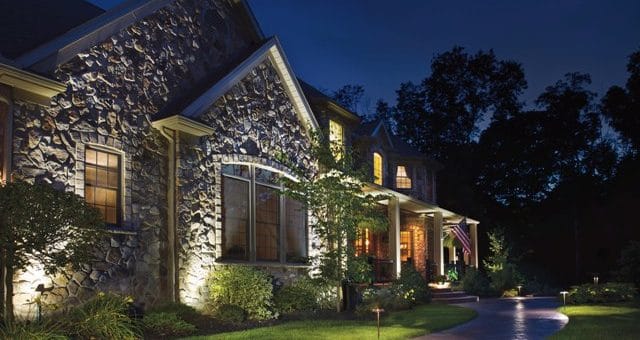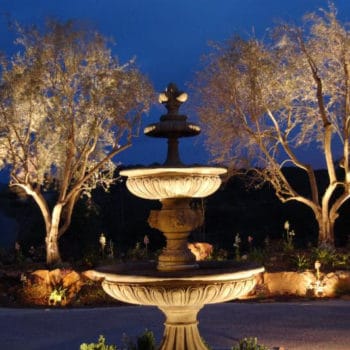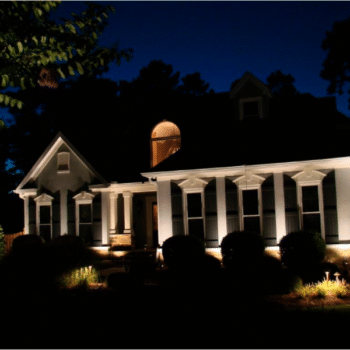
Landscape Lighting Design Tips for South Florida
- On September 13, 2017
Laying your hands on helpful landscape lighting design tips for South Florida will not only put you on the path of improving the aesthetics of your home but also increase the safety and security of your property. If you want to embark on a DIY exterior lighting design or hire professionals to do the job, the following tips will give you an insight into the necessary steps to achieve your goal.
Preliminary Check
Before going ahead to implement these landscape lighting design tips, you should check if there are lighting fixtures already installed for the project. Most buildings are often built with necessary outlets and connections in the corners of the property to facilitate outdoor lighting construction. If there are no facilities available, there is a need to hire an electrician to install them.
Deciding the Purpose of the Project
The next point in the landscape lighting design tips is to state the purpose of the project such as lighting the backyard or front of the house, the pathway, certain trees, a fountain or the courtyard. Besides, you should decide if the lighting is for aesthetics purpose like highlighting certain features of the building or just to illuminate the surroundings. Typically, most projects are a combination of purposes. What’s important is to define the purposes and prioritize.
Combining Lights
Depending on the scope of the project, you have to consider combining the three types of exterior lighting available – flood lights, spotlights, and path lights. Flood lights provide a wide beam of light for illuminating a wide area. Spot lights provide a narrower beam of light and path lights light up the walkways. So, find a way of mixing the different types of light to achieve the goal of the project.
Besides, you have to choose from LED, halogen and fluorescent lighting. LED offers higher performance, durability, and efficiency and low energy consumption than the other kinds of lighting. Halogen lighting is brighter and whiter but consumes more electricity and emits more heat than fluorescent and LED. Fluorescent lighting is more energy efficient than halogen but the bulbs contain mercury, which dangerous to health if broken.
LED is costlier than fluorescent and halogen but it is more efficient and durable.
Color Temperature and Degrees
The next step is to determine the correlated color temperature (CCT) – the color of light produced by the light source, which is measured on the scale termed Kelvin (K). The higher Kelvin value of the light source, the brighter the color hue to the actual sunlight. Choose the right Kelvin value to achieve your designed color goal.
Effects’ Creation
A perfect blend of lighting types (in line with the area to be illuminated) with the proper positioning of the lights will create the determined effects. Right positioning of lights is crucial to creating the predetermined effects such as moonlighting (down lighting), silhouetting, and wall-washing effect.
Review the Design
The last step in the landscape lighting design tips is to go over the design or lighting scheme to make necessary corrections putting into consideration the surrounding houses as you would not want any lights from your compound to land directly on your neighbors’ windows.
Remember that the main purpose of a landscape lighting design is to illuminate and beautify your property and not to make anyone feel intimidated or oppressed.
Summary
These landscape lighting design tips will help you with the overall lighting design. Most homeowners don’t realize that landscape lighting is more complex than just adding lights. Using a professional outdoor lighting designer will make a world of difference to your end results. Visit https://eosoutdoorlighting.com/ for more information and to get the best outdoor lighting for your Miami home.




0 Comments